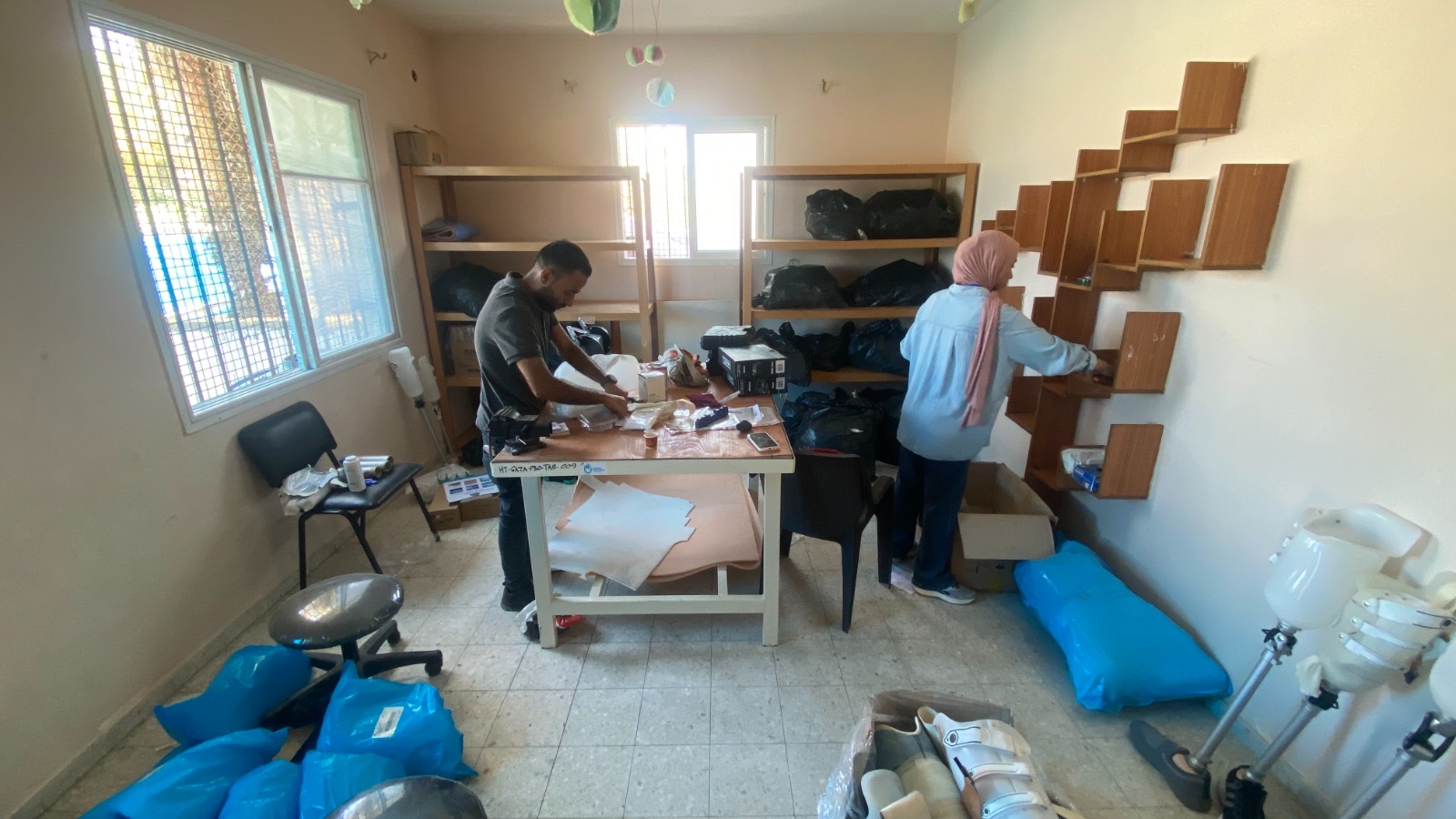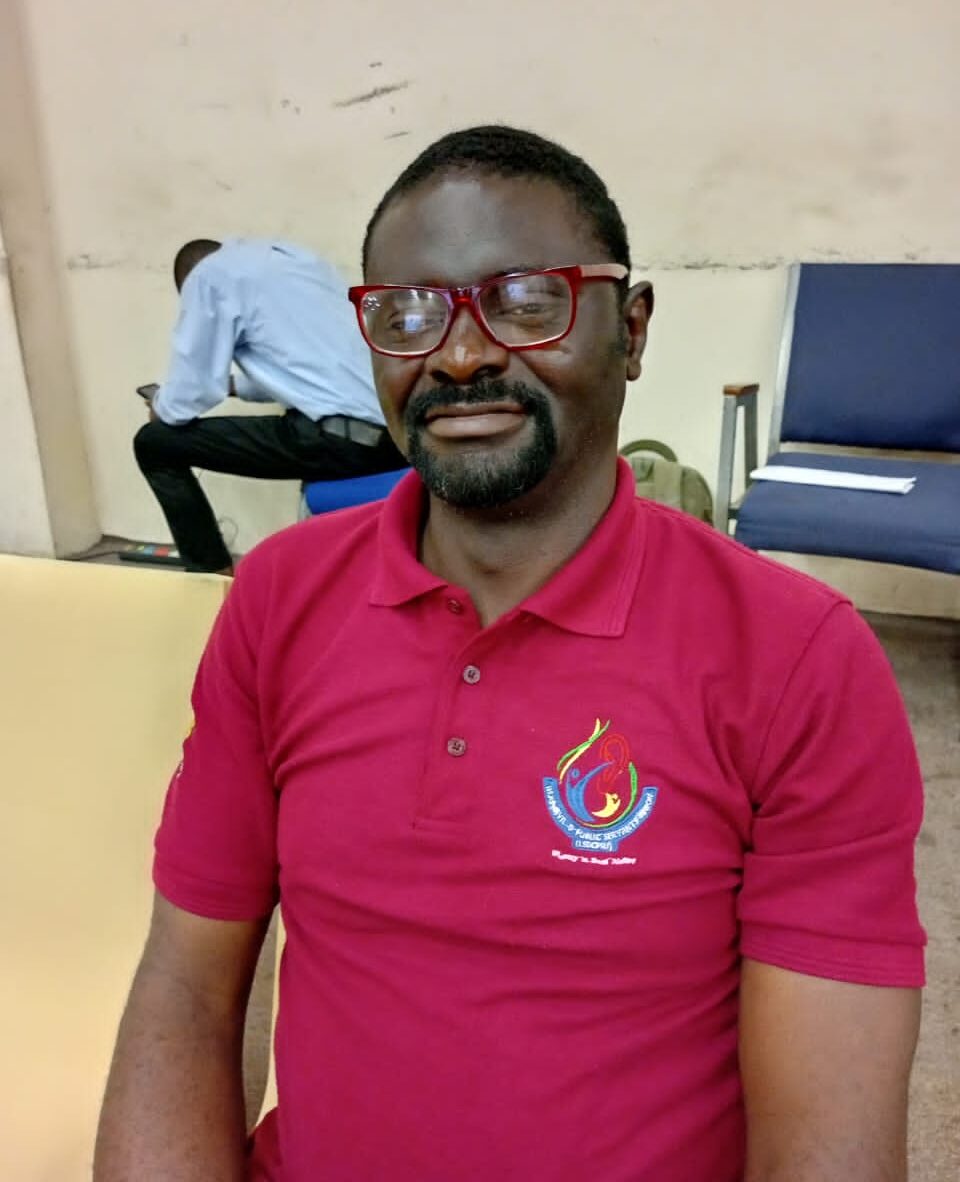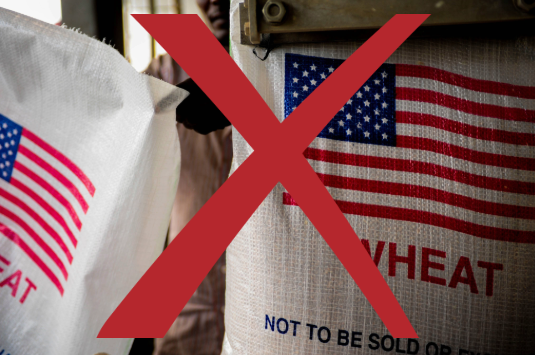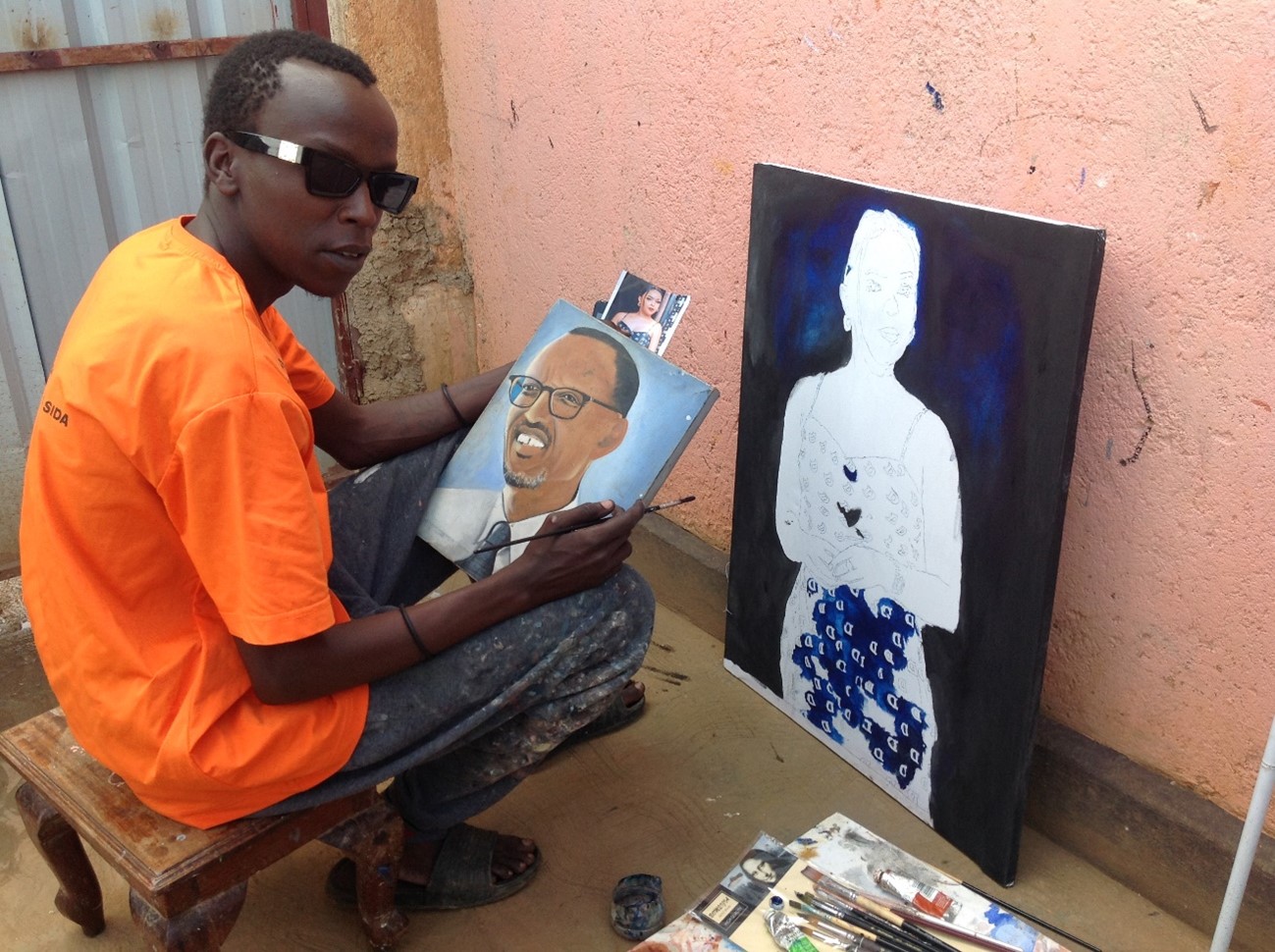
News
Accessible Instruction
Advocating for Education Inclusive of Deaf Individuals in Nepal
January 2, 2024
Translated from Nepali Sign Language.
KATHMANDU, Nepal – Nepal has between 250,000 and one million Deaf people, but most do not attend school. In many schools for Deaf individuals, education ends at 10th grade, and higher education is rarely available and often inadequate.
Satya Devi Wagle is a renowned Deaf rights advocate in Nepal, known for her unwavering dedication to inclusion. She serves as the vice president of the National Federation of the Deaf Nepal (NDFN) and the president of the Kathmandu Association of the Deaf. Through her initiatives, she has successfully reduced communication barriers and paved the way for better employment and education opportunities for Deaf individuals. Her efforts focus on fostering an inclusive atmosphere where every individual’s voice is heard and potential realized.
DJP Fellow Bishwamitra Bhitrakoti interviews Wagle about the strategies, challenges and successes of her work on inclusive education for Deaf individuals.
Question: What are some of the biggest problems with inclusive Deaf education in Nepal?
Answer: There isn’t enough infrastructure, qualified teachers or educational supplies to enable inclusive education for Deaf students in Nepal. Hearing students need oral methods and Deaf students need sign language to study together. Until now, the infrastructure and human resources to achieve this haven’t been developed.
Question: Can you describe your organization’s approach to achieving your vision for inclusive education for Deaf people in Nepal?
Answer: We at NDFN are lobbying for high-quality education for children with hearing disabilities in Nepal with the Ministry of Education, Science and Technology, as well as the Centre for Education and Human Resource Development (CEHRD). We are in discussions with the Curriculum Development Centre (CDC) and CEHRD on how we can create a Deaf-friendly curriculum.
Question: What do you expect from the Nepal government in this regard?
Answer: The government’s national policies, such as the education policy, should include a program and budget for Deaf education. Enough budget should be allocated for the schools where children with disabilities study. We don’t see that provision. But, we can see there is a huge budget allocated by the government to mainstream schools. [Once] when we translated 60 school lessons chosen from different disciplines into the Nepali Sign Language, we saw very effective results in the learning outcomes of children with hearing disabilities.
Question: What specific initiatives or technologies for access to communication has your organization sponsored for Deaf people in Nepali educational institutions?
Answer: NDFN launched the MERO SIKAI and MERO SANKET mobile apps for Deaf children [to support] their learning. (MERO SIKAI is an inclusive app with Nepali Sign Language accessibility that supports children in improving their reading skills. MERO SANKET is an app that teaches Nepali Sign Language.) We are encouraging the use of these two apps to Deaf schools along with TVs, monitors, and smartboards instead of whiteboards. It would be very beneficial for children with hearing disabilities to use new technology.
Question: Does your organization promote awareness of Deaf culture and the needs of the Deaf community among the general public?
Answer: The hearing community in Nepal is unaware of the Deaf community and their needs. There are a lot of Deaf people who are uneducated. Many elderly Deaf people never got an education. NDFN advocates with the stakeholders of 53 affiliated district Deaf associations. The districts are raising awareness about Deaf culture in their regions. We also organize awareness programs on TV occasionally.
Question: To encourage inclusion and facilitate integration, what alliances or partnerships have you established with mainstream educational institutions? How do you work with them?
Answer: Because hearing teachers are not competent in sign language, there is no quality instruction in a resource class in Nepal. We (NDFN) are working with the CEHRD (Centre for Education and Human Resource Development) to create a Deaf-friendly curriculum. Sign language instruction tools for Deaf pupils are scarce. We need to work on it, and we are also developing some instructional materials with support from the donor. Open communication, a common vision, and a commitment to establishing an inclusive and supportive educational environment for all students are required for successful partnerships.
Question: Could you tell us about your future plans with respect to inclusive Deaf education in Nepal?
Answer: Our future plans include establishing a good structure, developing human resources, researching and developing a new sign language and establishing a training center. We also want to develop a close relationship with the Ministry of Education, Science and Technology, and the Centre for Education and Human Resource Development. We can’t do it all by ourselves. We need to collaborate with the Nepal government and other stakeholders for inclusive education.
Bishwamitra Bhitrakoti is a Deaf youth from Annapurna Rural Municipality, Kaski, Nepal. Born into a Dalit community, he has challenged casteism as part of his advocacy work. As a communications officer at the National Federation of the Deaf, Nepal, Bhitrakoti focuses on strategic communication planning, fostering media relations, and creating universally designed content.
News From the Global Frontlines of Disability Justice

Gaza’s Amputees
At the Nahla Prosthetics & Orthotics Center in Gaza, staff wake up each day wondering if it’s safe to open before treating a handful of people in need of new limbs, adjustments, or psychosocial support. With famine declared in Gaza City and aid restricted, the center faces mounting shortages of materials and trained technicians. “Our colleagues call the situation a nightmare with no end,” says Zaid Amali, Humanity & Inclusion’s senior advocacy officer in Palestine.

‘People like Me Can Dare to Dream of Standing Upright’
Rwanda’s decision to cover prosthetic and orthotic services under national health insurance is being hailed as a milestone for disability rights. Advocates say it marks a shift toward greater inclusion and access to essential mobility aids. “This is more than a health policy,” says Jean Baribwira. “It is dignity, inclusion, and hope.” For many, the change represents long-overdue recognition of mobility as a basic right.
Read more about ‘People like Me Can Dare to Dream of Standing Upright’

More Than Words
In Nigeria, native sign languages like Yoruba, Hausa, and Igbo Sign Language are far more than communication tools. They are living expressions of Deaf identity and culture. While often dismissed as unsophisticated or “pidgin,” these local variants foster deep connection, creativity, and self-expression among Deaf communities, particularly those left out of formal education. “It isn’t something one can learn online,” says Douglas Izu. “One learns it through deep immersion in the adolescent Deaf community.”

From Isolation to Advocacy
Nigeria’s DeafBlind community has long lacked recognition, but the launch of the Deaf-Blind Inclusive and Advocacy Network marks a turning point. Led by activist Solomon Okelola, the group seeks to address communication barriers and a lack of support. Among those affected is John Shodiya, who once thrived in the Deaf community but struggled with belonging after losing his sight.

Disability Aid Disrupted
The Trump administration’s 90-day pause on USAID funding has had far-reaching consequences, particularly for disabled people and organizations worldwide, including members of the Disability Justice Project (DJP) community. Activists from Nigeria, the Democratic Republic of Congo, and Rwanda report severe disruptions, deepening challenges for marginalized communities, especially disabled people facing conflict, poverty, and structural discrimination.

A Life’s Work
After losing his sight, artist Jean de Dieu Uwikunda found new ways to create, using a flashlight at night to outline objects and distinguishing colors by their scents. His story, along with that of DeafBlind sports coach Jean Marie Furaha, is rare in Rwanda. While over 446,000 Rwandans have disabilities, a 2019 study found that only 52 percent of working-age disabled adults were employed, compared to 71 percent of their non-disabled counterparts.